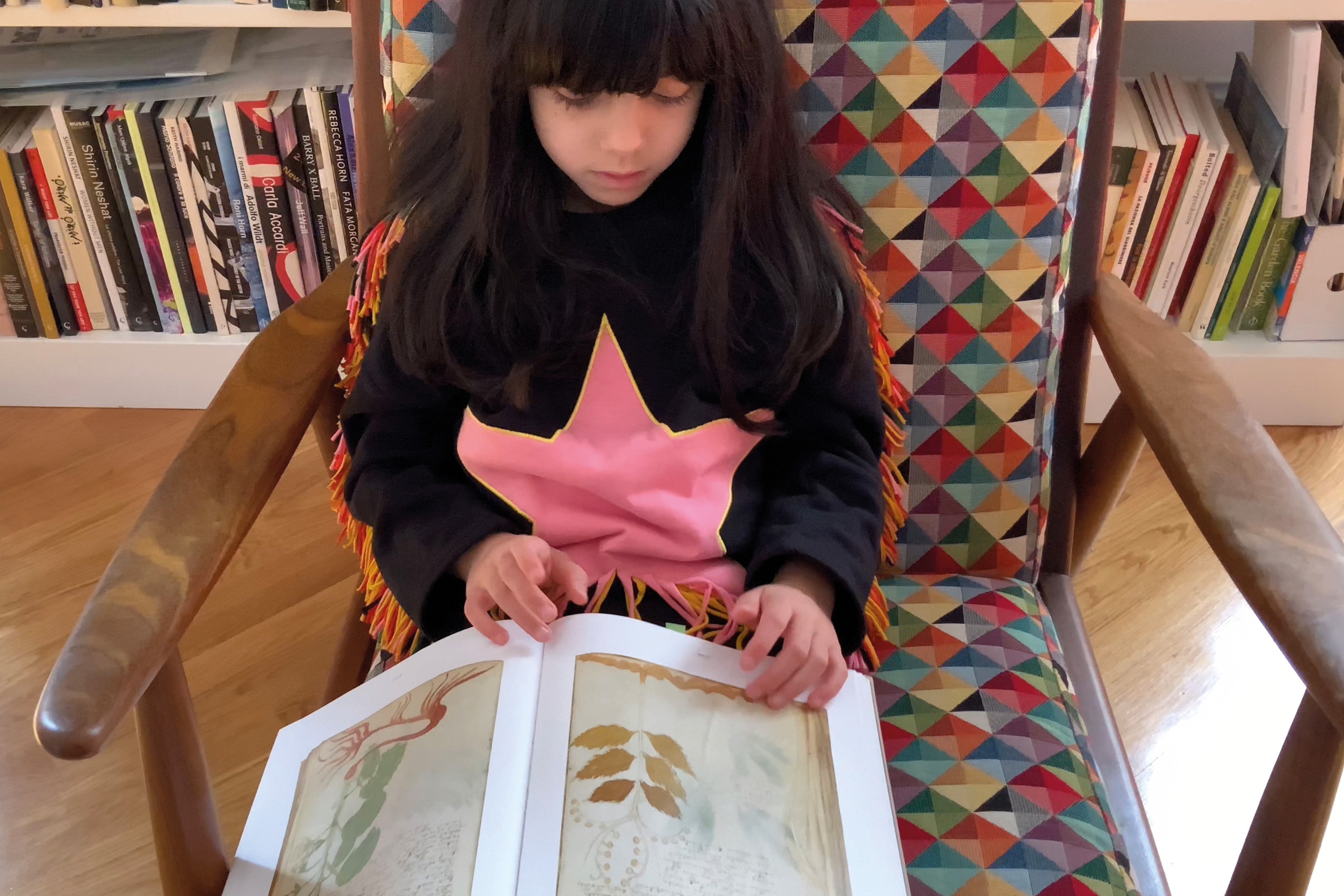The work starts from the Voynich manuscript story – the most mysterious and esoteric code in the world – and the innumerable attempts to translate it. This is a small manuscript that carbon 14 analysis dates from the 15th century, but what transformed it into a cult text is undoubtedly the language used, unknown and in all probability encrypted.
In recent years, there has been talk of the use of artificial intelligence, but in an incorrect way: in fact, to date, lexical recurrence software has been used, based on percentage calculation. The code has been the subject of several university classes dedicated to artificial intelligence but in none of the hypotheses of advanced solutions was the AI. All the proposals made so far are very subjective, ambiguous and above all complex, from the most imaginative to the most rigorous hypotheses, it is clear the desire to win a challenge rather than find a unique solution, a key that is the perfect fit between the figure and the underlying meaning. Super Hu.Fo* Voynich is born from this assumption, that is the range of possibilities that makes human thought so flexible and creative, and from the results driven by the unconscious leaps of imagination. What the artist wants to achieve is the translation of a piece of code, using machine learning and artificial intelligence, but providing the machine with the solution to find. And therefore falsifying the outcome of the calculation in a deliberate manner, playing with the Moravec paradox, widely used in the AI environment, according to which machines are good at what humans are weak in, and vice versa.
